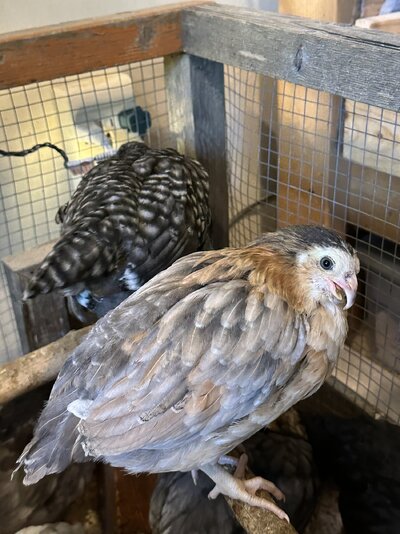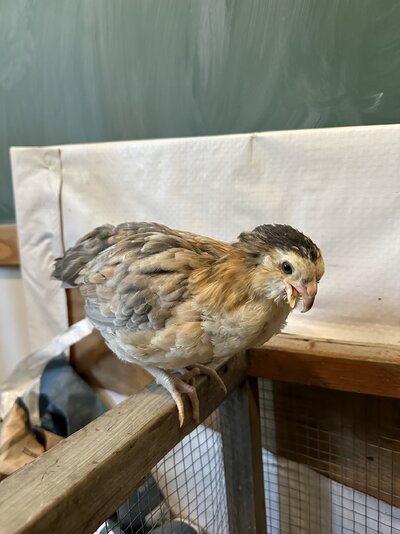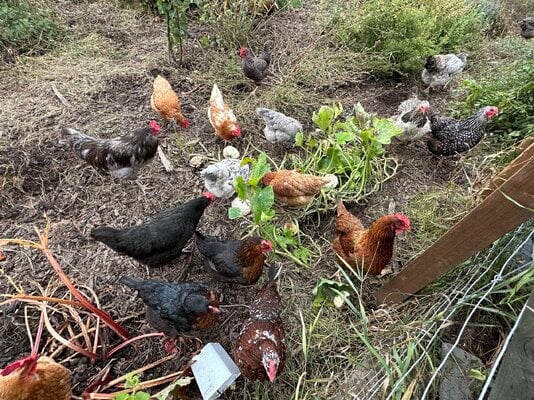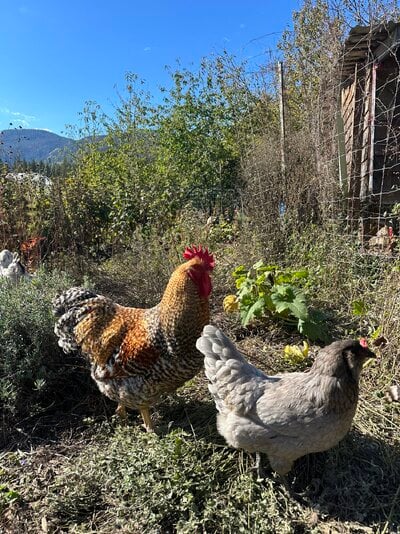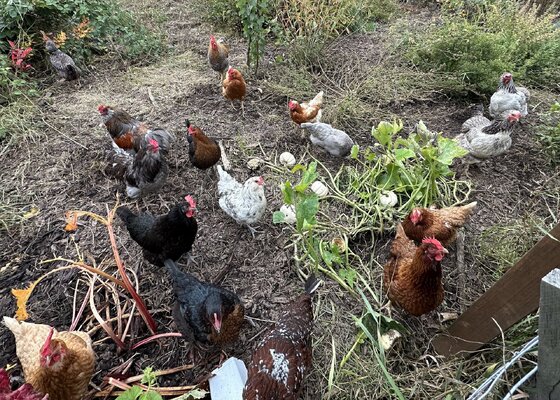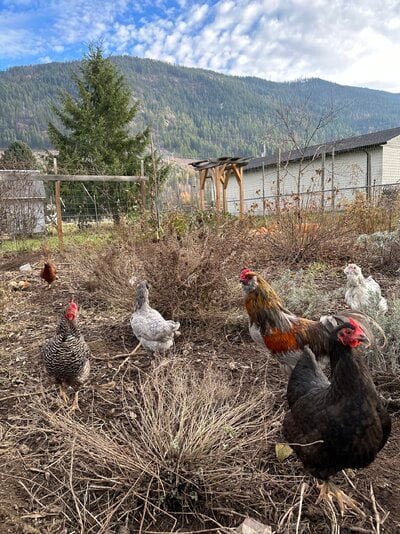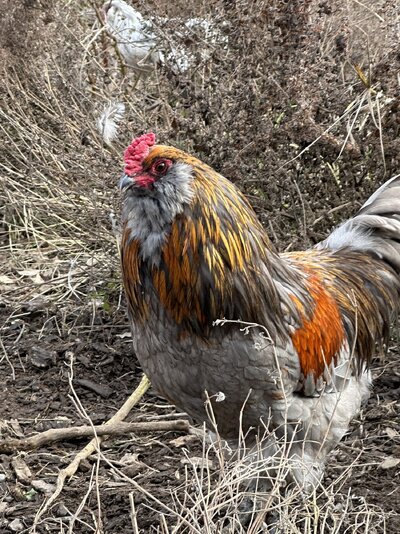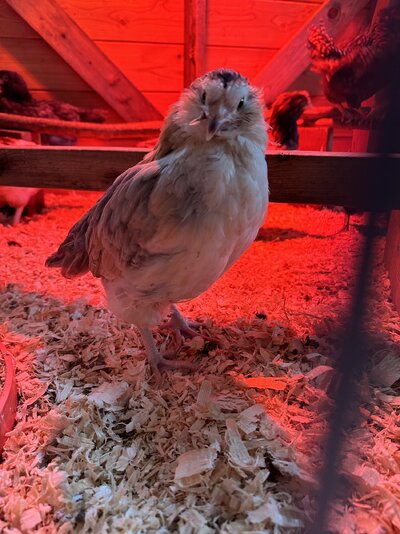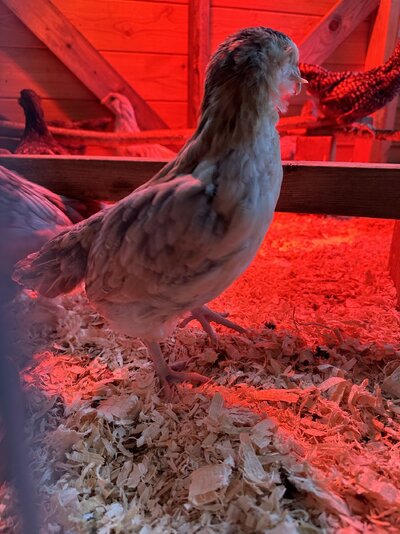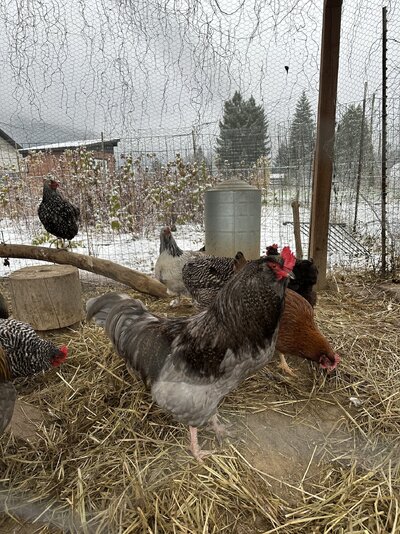homesteadmama24
Chirping
- Aug 31, 2023
- 25
- 60
- 54
Hatched 13 chicks last month and one developed cross beak at 2 weeks old. Im trying to figure out the coloration and problem solve potential parents for the genetics (as I’m reading it’s usually caused by that?)
So far it’s eating & drinking, I’m thinking maybe male with the black head & colors
Born yellow with black dots on the head
Thx for the help!
So far it’s eating & drinking, I’m thinking maybe male with the black head & colors
Born yellow with black dots on the head
Thx for the help!

